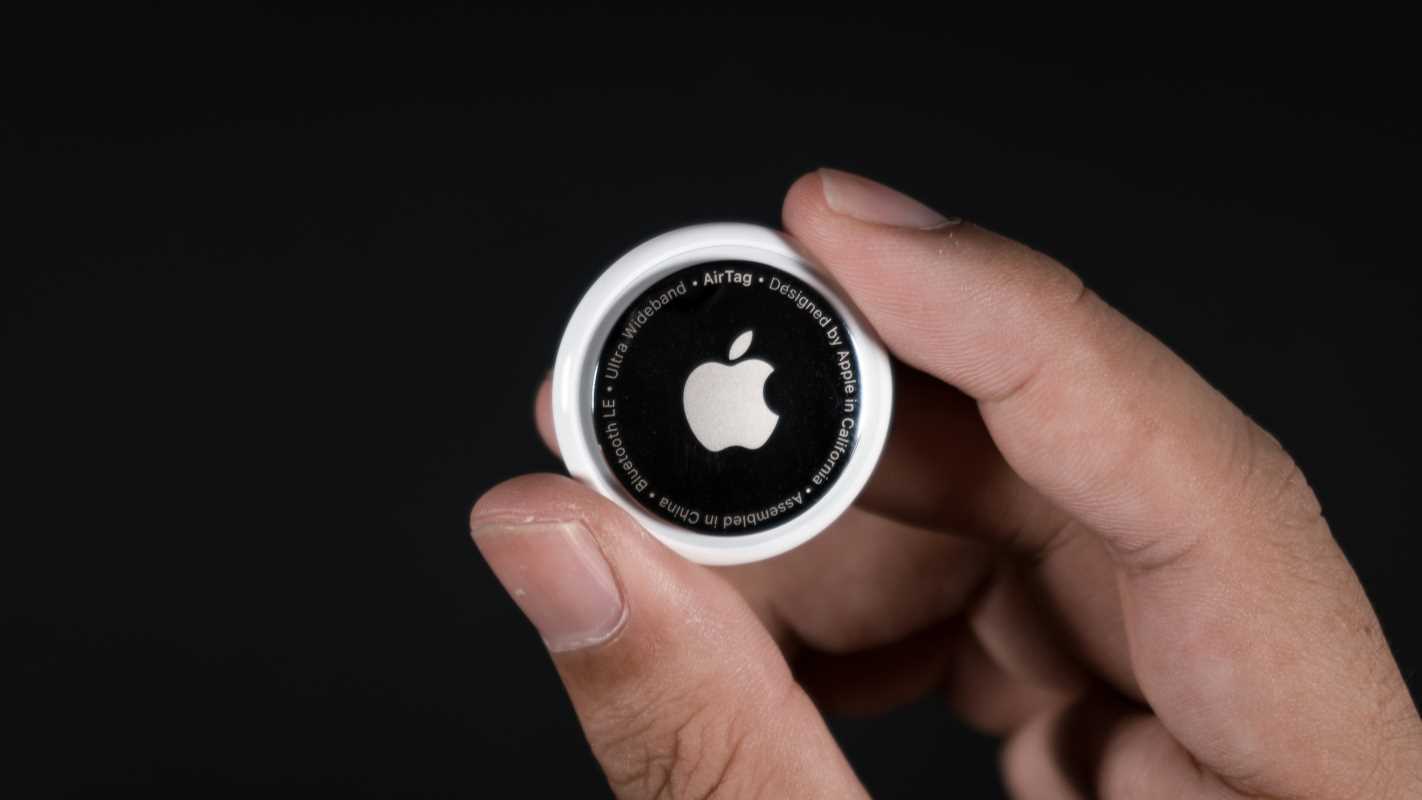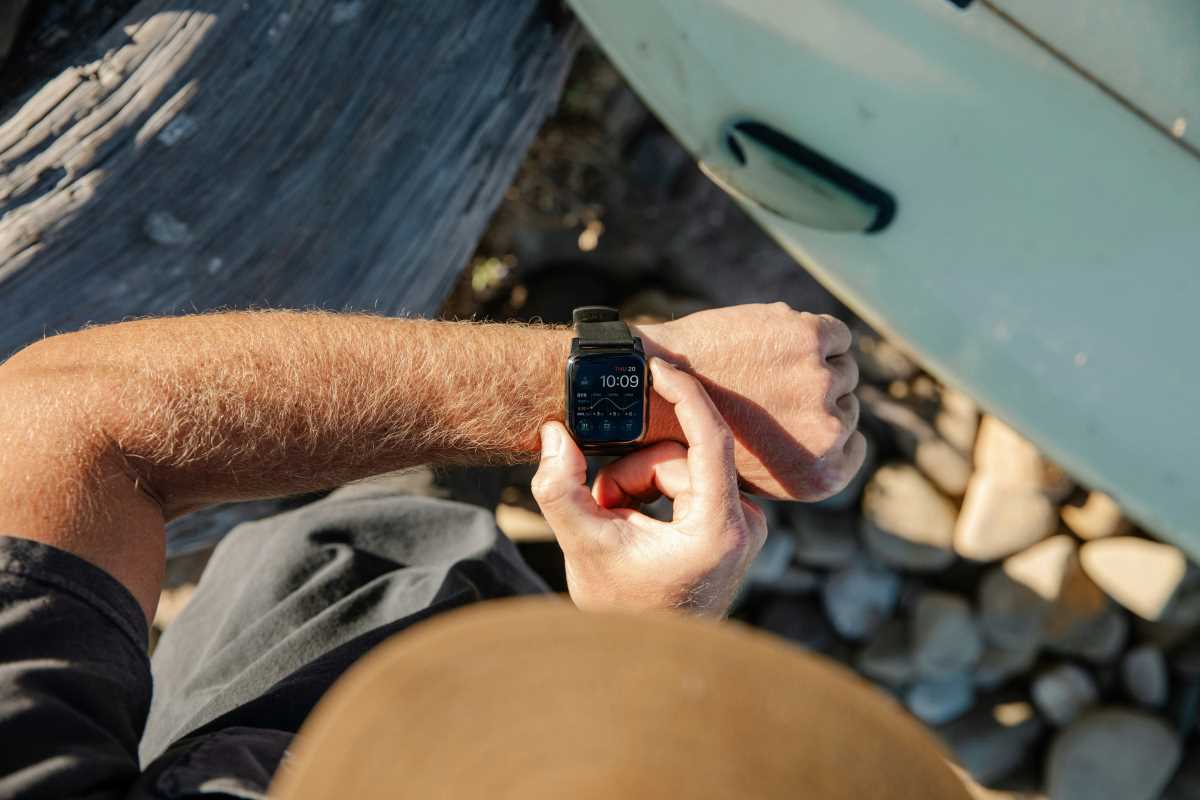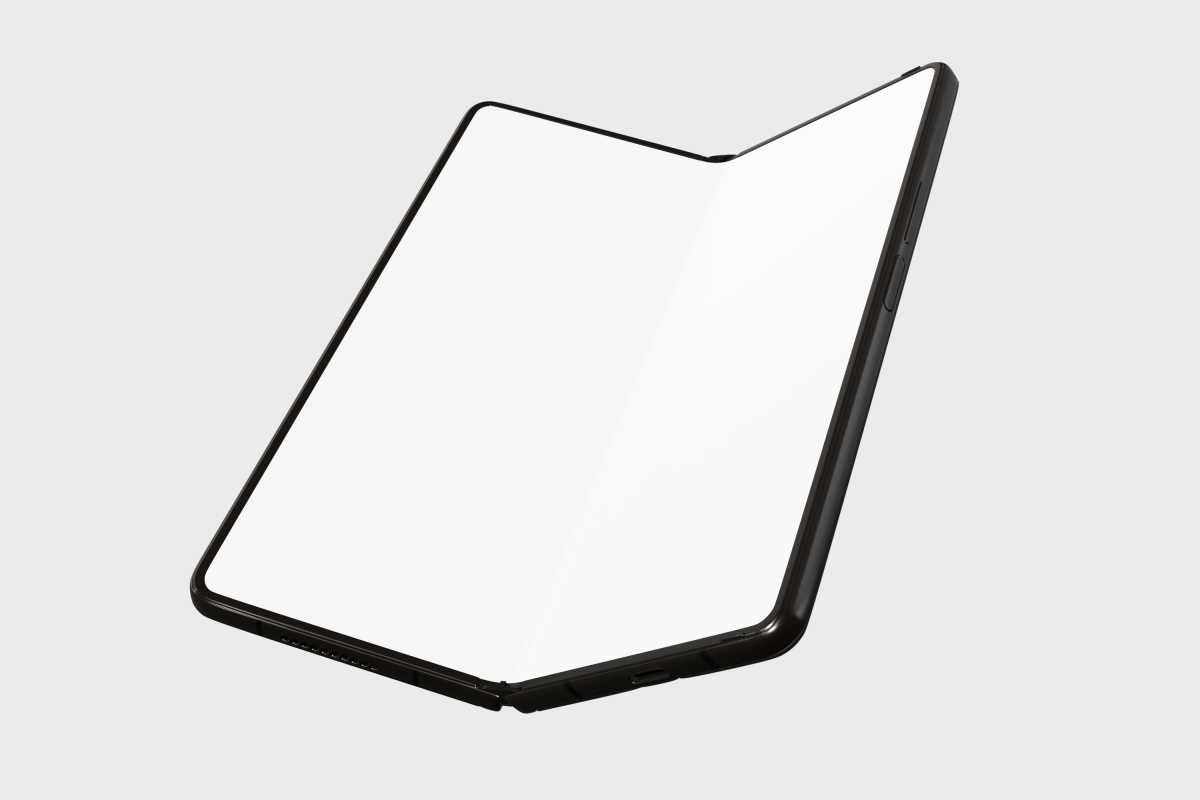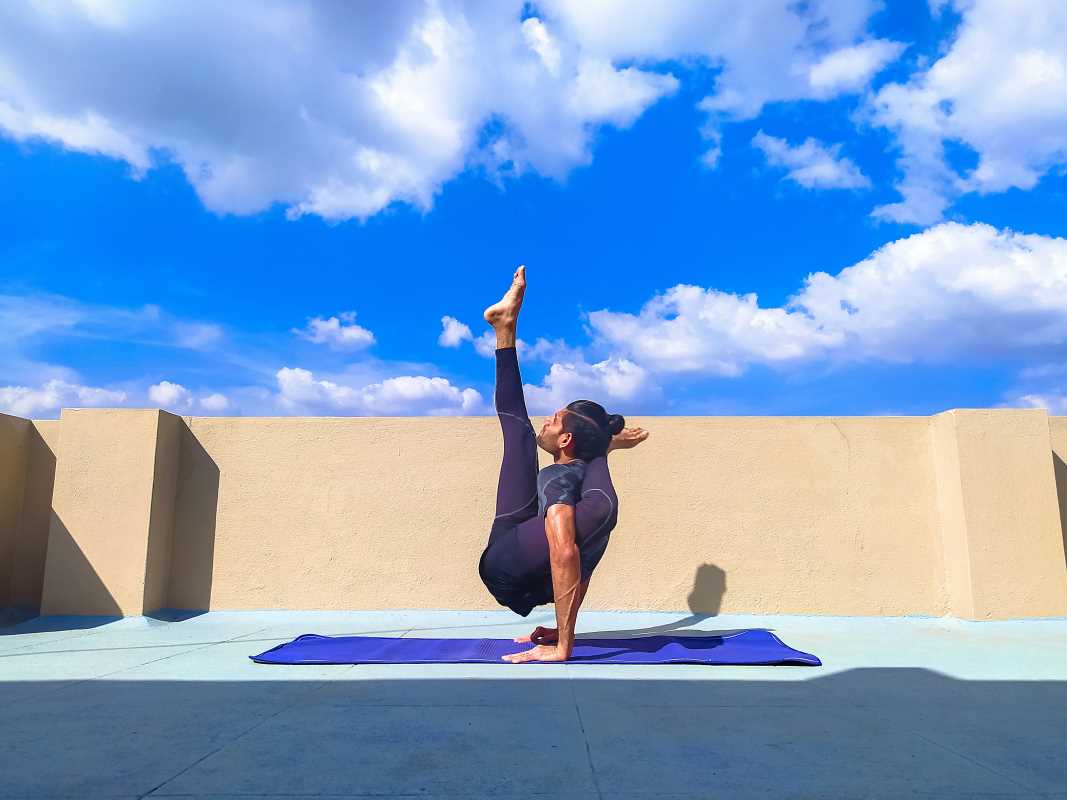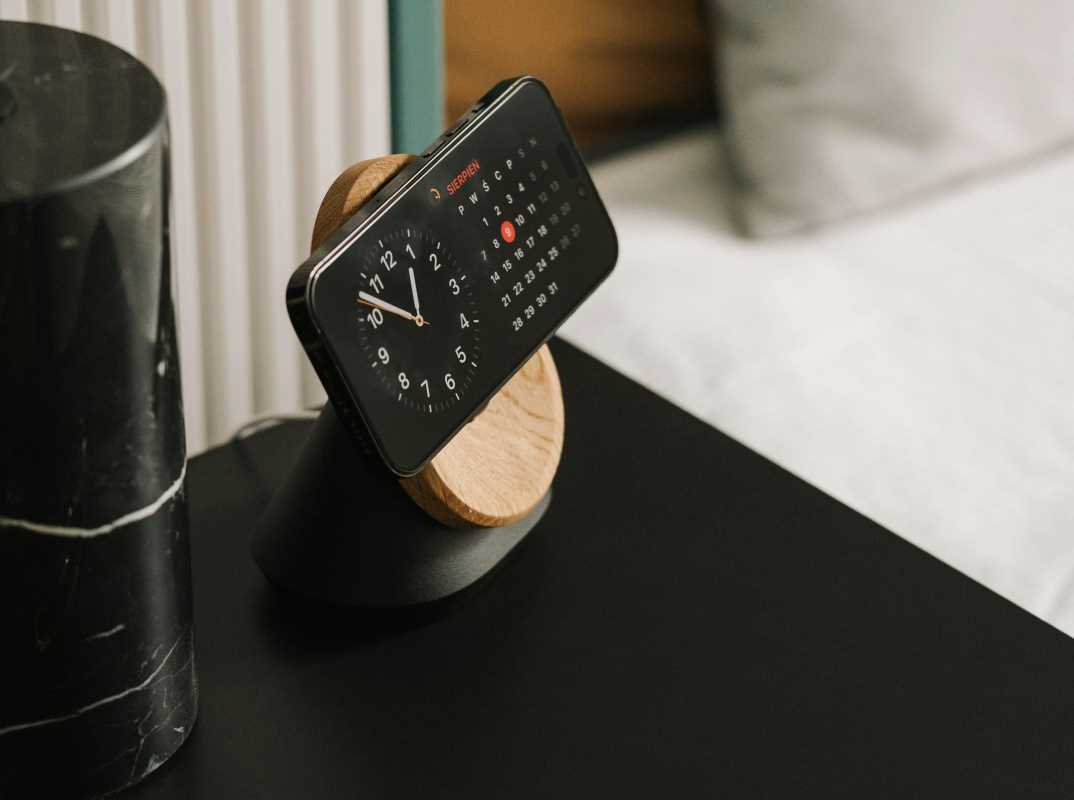Your smartphone camera is incredible. It captures decent photos, records watchable video, and lives in your pocket. But let's be honest—sometimes "decent" isn't enough. When you want to capture a moment with real depth, beautiful color, and that creamy, blurry background (we see you, bokeh lovers), your phone's tiny sensor often falls short. This is where the compact camera makes its grand entrance.
Forget the clunky DSLRs that require a dedicated backpack and a chiropractor on standby. We're talking about a new breed of powerful, pocket-sized cameras that deliver professional-grade images without the bulk. These are cameras designed for everyday life—for documenting your travels, elevating your social media feed, and capturing memories with a richness and clarity your phone can only dream of.
This guide will navigate the world of high-end compact cameras that blend powerful features with sleek, stylish designs, helping you find the perfect tool to level up your everyday photography.
Why a Dedicated Camera Still Wins
In an age where smartphone cameras have multiple lenses and fancy "cinematic modes," why bother with another device? The answer comes down to physics and creative control.
- Sensor Size Matters: The single most important factor in image quality is the size of the camera's sensor. A larger sensor captures more light, which results in cleaner images (less grain), better performance in low light, and a greater dynamic range (more detail in the brightest and darkest parts of a photo). A compact camera's sensor, even a "small" one, dwarfs what's inside your phone.
- Quality Optics: A dedicated camera uses high-quality glass lenses designed for one purpose: capturing stunning images. This results in sharper photos, less distortion, and the ability to have a true optical zoom, which is vastly superior to the digital zoom on your phone.
- Creative Control: Compact cameras give you full manual control over settings like aperture, shutter speed, and ISO. This allows you to make deliberate artistic choices, from creating motion blur to achieving that perfect, shallow depth of field that makes your subject pop.
Analysis of Key Models
The compact camera market is full of incredible options that pack a serious punch. These models stand out for their combination of performance, portability, and style.
1. Fujifilm X100VI
The Fujifilm X100 series has achieved legendary, almost mythical status. It’s the camera you see in the hands of stylish creatives and serious street photographers. The latest iteration, the X100VI, is nearly impossible to find, and for good reason.
- Design & Aesthetics: The X100VI is a masterclass in retro design. It looks and feels like a classic film camera, with physical dials for aperture, shutter speed, and ISO. The hybrid viewfinder allows you to switch between an optical viewfinder (like a rangefinder camera) and a high-resolution electronic viewfinder. It’s available in a timeless silver and black or a stealthy all-black finish.
- Key Features:
- Large APS-C Sensor: It features a massive 40.2-megapixel APS-C sensor, the same size found in many larger DSLR and mirrorless cameras. This delivers outstanding image quality and beautiful color rendition thanks to Fuji's beloved Film Simulations.
- Fixed 23mm f/2 Lens: The camera has a fixed prime lens (equivalent to 35mm on a full-frame camera), which is a classic focal length for street and documentary photography. The wide f/2 aperture is excellent for low light and creating beautiful background blur.
- In-Body Image Stabilization (IBIS): A major upgrade for this model, IBIS helps you get sharp photos at slower shutter speeds and smoother handheld video.
- Film Simulations: Fujifilm's built-in color profiles mimic the look of classic film stocks like Velvia, Acros, and Classic Chrome, allowing you to get beautiful, stylized images straight out of the camera.
- Styling Integration:
- The Fujifilm X100VI is an accessory in itself. Its vintage aesthetic pairs perfectly with a heritage-inspired wardrobe—think denim jackets, leather boots, and canvas bags. It’s a camera that signals a deep appreciation for the craft of photography.
2. Ricoh GR III/IIIx
The Ricoh GR series is a cult classic among photographers who value stealth and portability above all else. It is a camera designed to be an extension of your eye—always with you and ready to capture a fleeting moment.
- Design & Aesthetics: The GR III is the definition of minimalist. It’s a simple, black magnesium alloy box that is so small it can genuinely fit in your jeans pocket. It has no flashy logos or retro dials. Its design is purely functional, meant to be invisible to your subjects.
- Key Features:
- APS-C Sensor in a Tiny Body: Its standout feature is packing a high-quality 24-megapixel APS-C sensor into an incredibly compact frame.
- Two Focal Lengths: The GR III comes with a wide 28mm equivalent lens, perfect for landscapes and street scenes. The GR IIIx variant offers a tighter 40mm equivalent lens, which is more suited for portraits and everyday snapshots.
- Snap Focus: A beloved feature of the GR series, Snap Focus allows you to pre-set a focus distance. When you fully press the shutter, the camera instantly focuses to that distance, allowing you to capture moments without any focus lag.
- Three-Axis Image Stabilization: The camera features sensor-shift image stabilization, a remarkable feat for a camera this small, which helps in low-light situations.
- Styling Integration:
- The Ricoh GR III is the ultimate stealth camera. Its understated, all-black design doesn't draw attention, making it perfect for candid photography. It complements a minimalist, urban aesthetic—think monochrome outfits, technical fabrics, and a clean, uncluttered look.
3. Sony RX100 VII
If you want a compact camera that is loaded with the latest and greatest technology, the Sony RX100 series has been the undisputed king for years. The RX100 VII is a marvel of engineering, packing features from Sony’s high-end professional cameras into a body that can slide into a pocket.
- Design & Aesthetics: The RX100 VII has a sleek, modern, and very dense feel. It’s a small metal brick packed with technology. The design is clean and contemporary, with a pop-up electronic viewfinder and a tilting screen.
- Key Features:
- Incredible Zoom Range: The camera features a versatile 24-200mm equivalent zoom lens, allowing you to capture everything from wide-angle landscapes to distant subjects.
- Blazing Fast Autofocus: It inherits the autofocus system from Sony’s professional Alpha 9 camera, offering lightning-fast and incredibly accurate real-time eye-tracking for both humans and animals.
- Pro-Level Video: It shoots high-quality 4K video with advanced features like S-Log profiles for color grading, making it a favorite among vloggers and content creators.
- Pop-Up Viewfinder: A clever design feature is the high-resolution electronic viewfinder that pops up from the camera body when you need it and retracts to keep the profile slim.
- Styling Integration:
- The Sony RX100 VII's modern, tech-forward design aligns with a clean, professional look. It’s the camera for the traveler who wants one device to do it all, or the content creator who needs a powerful, portable video machine. It pairs well with a smart backpack and other modern tech accessories.
Procedural Guide: Choosing Your Compact Camera
Selecting the right compact camera is a personal choice that depends on your shooting style and priorities.
Step 1: Fixed Lens vs. Zoom Lens
This is the first major decision.
- Fixed Lens (Prime): Cameras like the Fujifilm X100VI and Ricoh GR III have a fixed focal length. This forces you to "zoom with your feet" and be more deliberate about your composition. The trade-off is typically better image quality and a wider maximum aperture (better for low light).
- Zoom Lens: Cameras like the Sony RX100 VII offer the versatility of a zoom lens, which is great for travel and situations where you can't get closer to your subject. The trade-off is often a smaller maximum aperture and a slightly larger body.
Step 2: Consider the Sensor Size
- APS-C: Cameras with larger APS-C sensors (Fuji, Ricoh) will offer the best image quality, especially in low light.
- 1-Inch: Cameras with 1-inch type sensors (Sony) offer a great balance of image quality and a compact body that can accommodate a zoom lens.
Step 3: Define Your Shooting Style
Think about what you love to photograph.
- For the Street and Documentary Photographer: The stealth and responsiveness of the Ricoh GR III or the classic feel of the Fujifilm X100VI are ideal.
- For the Traveler and Vlogger: The versatility of the Sony RX100 VII's zoom lens and its advanced video features make it the perfect all-in-one travel companion.
- For the Everyday Artist: If you love experimenting with color and style, the Film Simulations in the Fujifilm X100VI offer a unique creative experience.
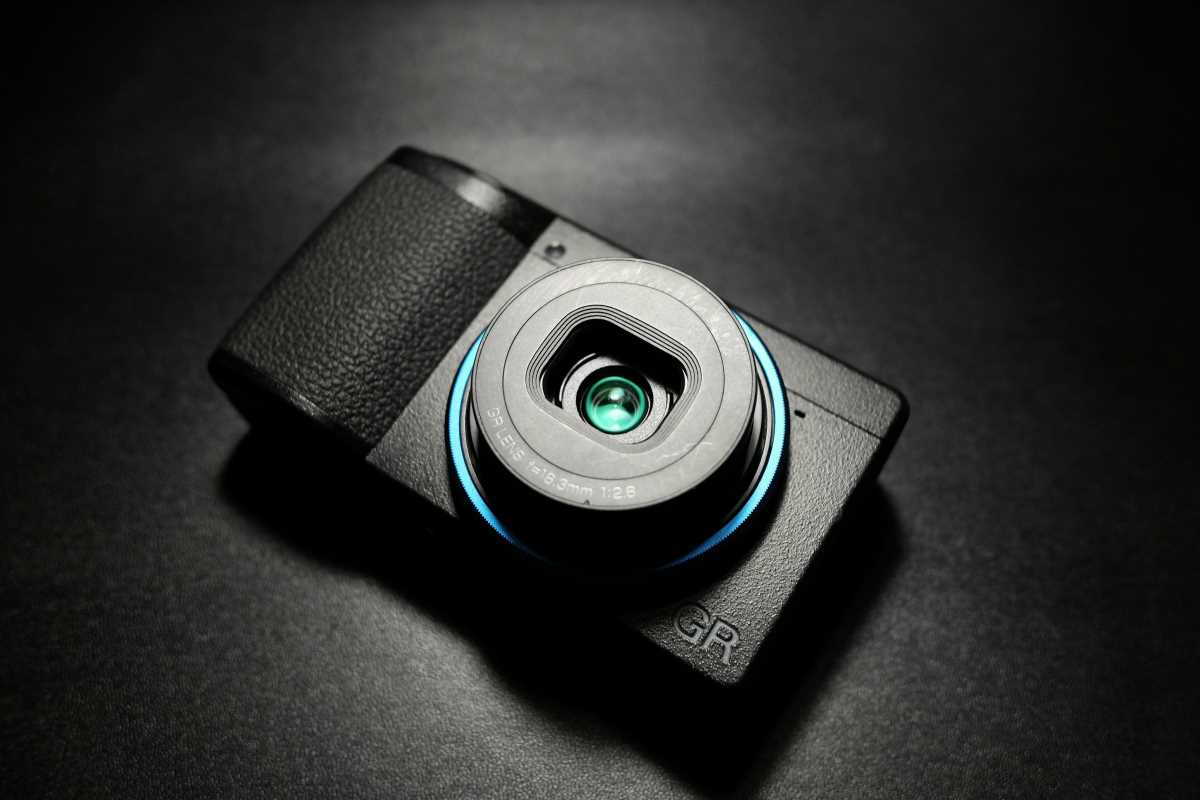 (Image via
(Image via
